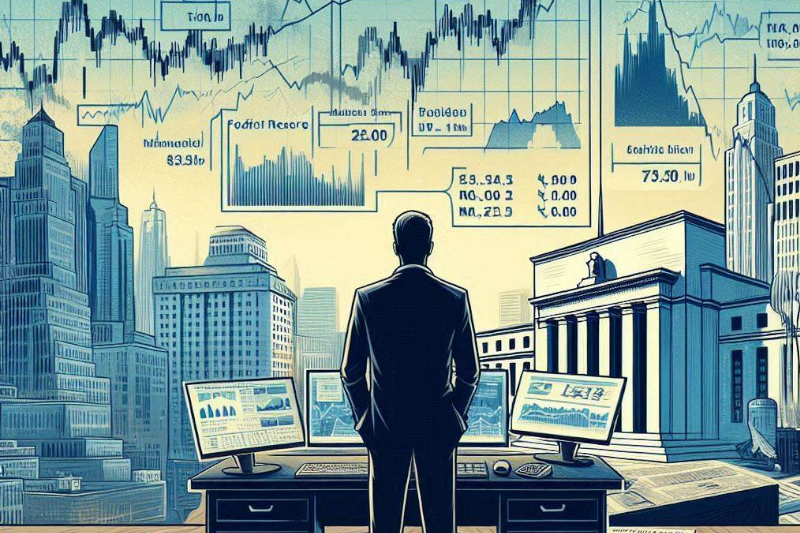Yesterday, I introduced the idea of using futures as a sneak preview for the stock market.
Today, let’s dig deeper into how global markets influence U.S. markets and why futures are your go-to tool for understanding market movements.
The 24-Hour Global Market Cycle
It’s easy to think of the U.S. market as the only game in town, but the reality is the stock market never sleeps. While the New York Stock Exchange opens on U.S. Eastern Time at 9:30 AM and closes at 4:00 PM, markets in Asia and Europe are operating during our nighttime and early morning hours.
For example, Asia (including major players like China and Japan) starts trading in the evening U.S. time.
Then, once Asia wraps up, Europe’s markets open and continue until our morning. This global cycle means that by the time we’re awake, a lot has already happened overseas.
But here’s the kicker: the U.S. market isn’t open yet. So how do we know if the global news will affect U.S. stocks? That’s where futures come in.
How Futures Bridge the Gap
Futures track the direction of the S&P 500, Dow Jones, and NASDAQ indexes (among other things) while U.S. markets are closed. This is critical because U.S. companies often operate globally, so if something major happens overseas, it will likely impact U.S. stocks.
For example, if Europe’s markets are down 2% overnight, chances are the U.S. market will also feel the effects when it opens.
Futures give us this heads-up before the cash market opens. If S&P 500 futures are down overnight, it’s a clear sign the U.S. market is set to open lower.
Key Markets to Watch
While there are many global markets, Europe plays a big role in influencing U.S. stocks, particularly Germany. Germany’s DAX index is a bellwether for the European economy, and its performance often signals how the broader European market is doing.
In addition to the DAX, the Dow Jones Eurostoxx 50 index tracks the largest companies across Europe. Both of these indexes operate while the U.S. is still sleeping and can provide early signals for where U.S. markets are headed.
Tomorrow, we’ll explore how to use futures as a daily indicator to predict the market’s direction before the bell rings.
— Geof Smith
P.S. With gold making a major move, you don’t want to jump in just yet. Check out this special session where I’ll show you how to tap into this breakout with my Perfect Gold Trade strategy to target gains from this supercycle without holding physical gold.



